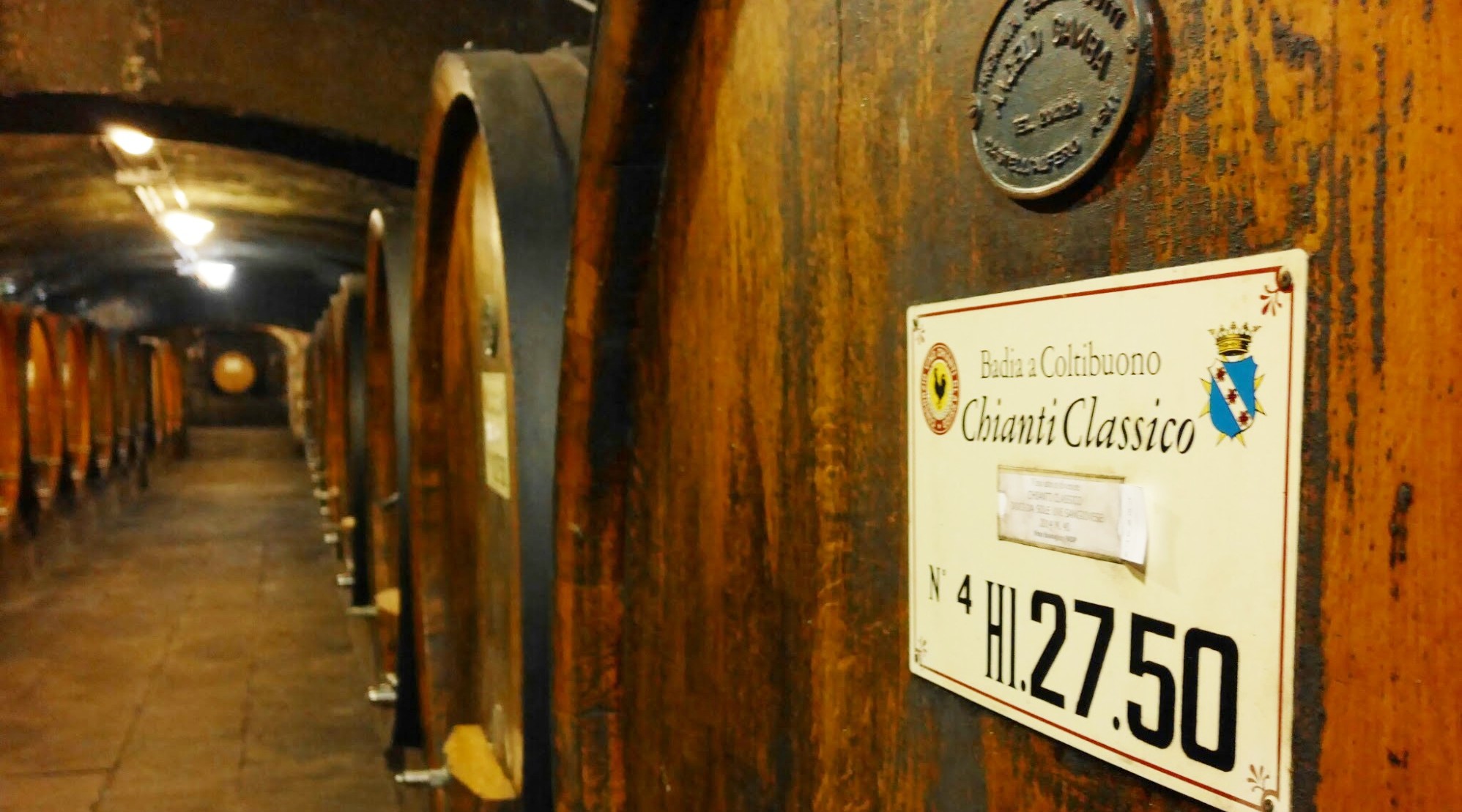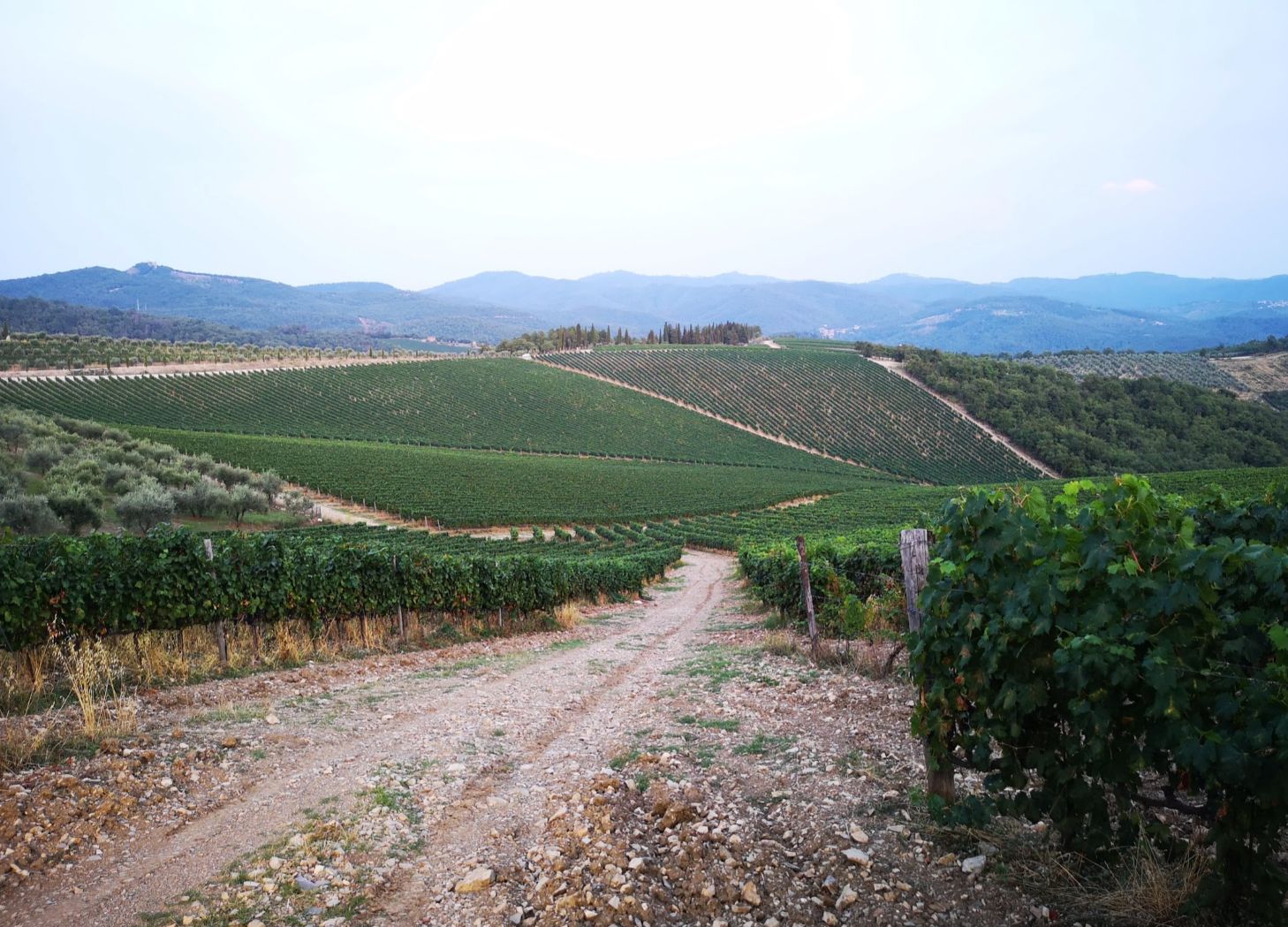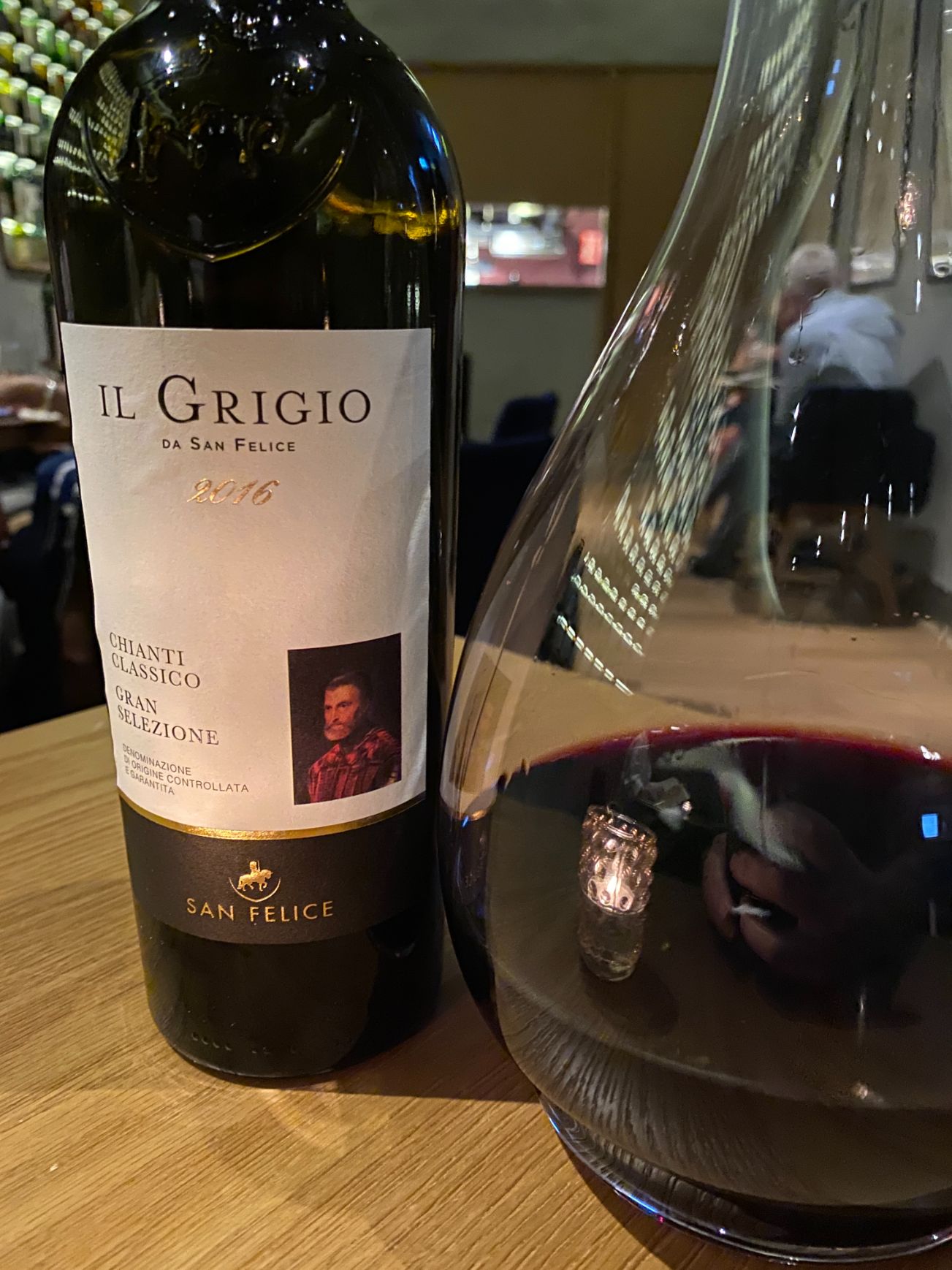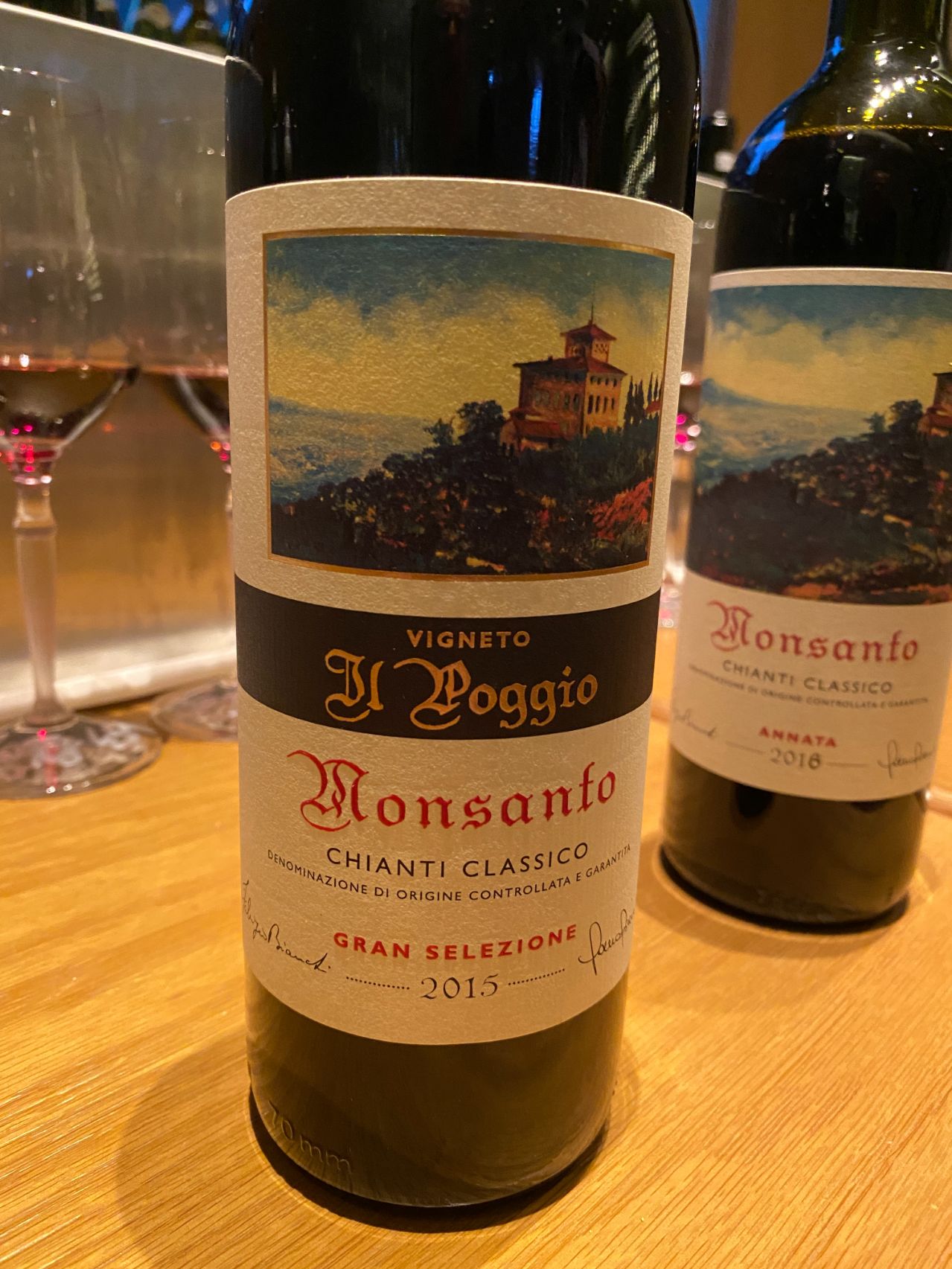Waiting for perfect Chianti: Almost 300 wines rated

The cellar at Badia di Coltibuono in Chianti Classico, which produced two fresh and delicate wines in this report.
I wondered all summer if 2020 could be the year to buy Chianti, in particular Chianti Classico.
I tasted almost 300 wines with the Chianti designation during July and August in our tasting room in Hong Kong, and Tuscany is making some terrific reds under the DOCGs from Chianti Classico to simple Chianti. In addition, we have a string of excellent vintages on the market, especially 2016 and 2015 but also 2017. The 2018 also made outstanding wines but high crop levels and moisture late in the growing season complicated the quality.
The 2017 is really interesting for Chianti because it was so hot and dry during the grape-growing seasons and many appellations in Italy in general suffered and made overly rich reds with high alcohol. Meanwhile, many of the Chianti appellations seemed to weather the heat much better, mainly those with vineyards at high altitudes and in cooler positions regarding the sun. This is even more true in Chianti Classico.
The improvements in viticulture and winemaking have also been beneficial. So many of the vineyards are now planted with high quality clones of sangiovese after decades of research and selection to find those that emphasized excellence instead of high yields. Moreover, vineyard management has never been at a higher level and agronomists and winemakers seems to better understand how to combat the continued rise in sunlight, heat and lack of water.
“It was difficult in a hot vintage like 2017 but we now know better how to deal with the problems associated with this,” admitted Lamberto Frescobaldi, head of the Florentine wine clan which producers a number of Chiantis include Chianti Classico and Chianti Rufina.
- ‘Currant and cherry aromas and flavors’ can be found in this 95-point Volpaia.
- Monsanto’s 96-point Il Poggio wine is full of ripe fruit with plum, berry, chocolate and walnut character and pretty, creamy tannins.
Know-how is definitely a plus today for Chianti. And a lot of this has to do with a new generation of winemakers working around the world and bringing back modern thoughts and processes for tending their vineyards and making their wines. I find the Chiantis now much better made and more transparent, exhibiting more of the special character of the regions and of sangiovese, the key grape of Tuscany.
Unfortunately, international grape types in Chianti remain a slightly negative issue for me. Even though it’s perfectly legal to have up to 25% of another grape in Chianti wines, I wish the best appellations such as a Chianti Classico made it mandatory to be pure sangiovese to carry the designation on the label. Sangiovese is the perfect medium for communicating the special character of the region and it doesn’t need to be adulterated by other agents.
This is particularly true with Chianti Classico’s super designation, Gran Selezione.

This year James tasted nearly 300 Chianti Classico wines with 18 scoring 95 points or above.
The designation is not perfect but it does give everyone an idea of superior quality wines from the region and most prestigious producers make the wines from single vineyards and pure sangiovese. The main differences between riserva and gran selezione are: grapes must be exclusively under the management of the winery in question instead of sourced in the appellations, wines must undergo at least 30 months of aging in barrel instead of 24 and they must also meet certain chemical requirements such as an ABV of 13% instead of 12%.
Just to illustrate how the Gran Selezione is perceived with consumers, I recently held two masterclasses at my wife’s wine bar in Hong Kong, tasting a range of wines from the 2016 and 2015 with the designation. They were really well received even when tasted alongside Brunellos. I called them “Brunello Beaters” and the participants seemed to agree.

San Felice’s 96-point Gran Selezione wine is an example of how winemakers are building on their traditional knowledge.
My wish now is to see the region of Chianti Classico accept a more “Burgundian” philosophy where wines can carry a village designation such as Panzano or Greve, because this would lead to a more sophisticated and more exact perception of the wines of the region. Check out a documentary my son Jack did on the villages of Chianti Classico back in 2013. It covered all the key towns and interviewed more than 20 producers. Much of the information remains true today: Chianti Classico Diaries.
What remains clear now is that the top names of the regions are still more important than appellations or designations. In other words buy wines from the key names in Chianti. In my tastings this year, wineries such as Barone Ricasoli, Castello di Monsanto, Frescobaldi, Mazzei, Fèlsina, Fontodi, and Marchesi Antinori dominated the quality offerings. All of my top scoring wines were Chianti Classico from the 2017 vintage, which is one to look out for in the marketplace for the appellation.
My highest rating was 97 points for the single vineyard Gran Selezione of Barone Ricasoli: Barone Ricasoli Chianti Classico Gran Selezione Colledilà 2017. But there were numerous others that rated well. I don’t think last summer was a watershed moment for quality in Chianti, but I believe the region is getting closer and closer to discovering its perfect self.
– James Suckling, CEO & editor

